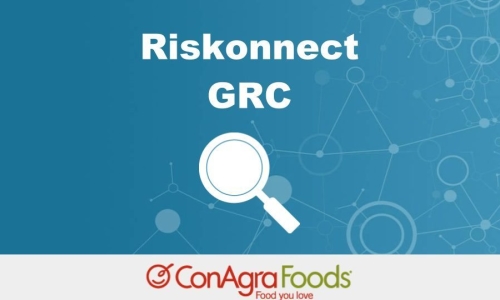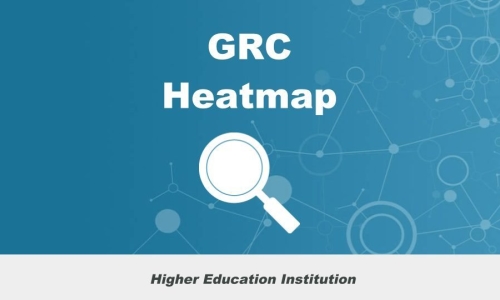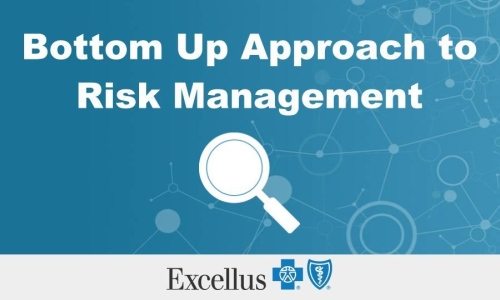Project Description
State of Utah
Industry
Government
Client
State of Utah
Focus
Complete system integration, automation of business processes, improved claims administration.
Previous System
Internal/Spreadsheets and legacy RMIS (risk management information system).
Challenge
The State of Utah Risk Fund managed by the State of Utah Division of Risk Management (DRM) insures State government agencies, school districts, institutions of higher education, and charter schools. The Fund insures:
- Over $28 billion worth of property
- Over 7,000 buildings
- Over 13,000 vehicles
- Liability coverage for over 120,000 employees
The DRM also offers claims adjusting, loss control services, insurance procurement, and policy management. They recognized that several work processes were siloed and they needed a better reporting, communication, and workflow tool. The DRM required integration of all business processes, databases and systems in one place. The DRM also struggled with paper/manual data updates during the annual insurance renewal process, a manual billing process, cumbersome and manual reporting processes, and the fact that history
Riskonnect Solution
Solution Summary
The State of Utah Division of Risk Management (DRM) chose the Riskonnect risk management work platform to replace the pre-existing legacy vendor’s basic claim system. The Riskonnect system includes a central repository to house previously separate data bases and to easily incorporate workflow and automate business processes. Riskonnect offers State of Utah full mobile access, enabling all RMIS functionality in any mobile device – Android or iOS.
Riskonnect RMIS implementation resulted in strong user adoption. The versatility of the platform, combined with the curiosity of State employees and the innovation of Riskonnect has resulted in additional phases that include:
- Policy Renewal Process
- Outgoing Certificates Automations
- Division of Facilities and Construction Management (DFCM) Integration
- Claim Administration
- Loss Control
- Fleet Incident Integration
- Excess Carrier Reimbursement Management
- Custom Business Intelligence Analytical Report
Phases 1-3 completed projects
- RMIS (risk management information system) Implementation – June 2011
- Attorney General BiIling Integration – September 2011
- Financial System Integration – September 2011
- Data Warehouse Reconciliation- September 2011
- Fleet Integration – September 2011
- State and School Contacts / Property / Vehicles / Premium Renewal Database Conversion – July 2012
Claim Administration Enhancements – July 2012 Workers Comp Integration- January 2013
In-depth Solution
Riskonnect’s solution offered a reliable platform to handle all insurance and claim related responsibilities, data accuracy and reporting – in a way that was not previously available for the State. Riskonnect automated processes to connect and interface with even more groups within the organization:
- Division of Finance for payments to claimants
- Attorney General for legal expenses
- Division of Facilities and Construction Management (DFCM) for better property information management
All of these new interfaces eliminated formerly disjointed data from disparate sources. The result:
- Significant cost savings
- Improved sharing of data
- Consistency in data
- More accurate reporting
- Better analysis for improving operations
- Better understanding of exposures
The power and performance of the Riskonnect risk management work platform enabled the State of Utah Division of Risk Management to make changes to many parts of their business process:
- Integration of the State’s financial system
- Automated reporting to the Attorney General’s office
- Integration of contact database, property database, property premium database, automobile database, excess carrier, workers’ compensation claims, and DFCM shared database
- Data warehouse reconciliation
- Loss control implementation
- Additional risk operations reporting
- User interface customizations
- Automated outgoing certificates of insurance
These improvements to State of Utah business processes allowed for even more growth, including:
- A holistic view of each insured entity’s claims, exposures, and loss control activities
- Improved loss control of review of workers’ compensation claims
- Elimination of many manual processes and double entries
- Coordination and communication between claims adjusters and loss control staff
- Consolidation of one database from multiple repositories
- More accurate and current property information in claims investigations and loss control activities
- Better property loss control
- Advanced capabilities within DFCM
- Improved property reporting and accountability
- Easier access to State of Utah’s Risk policy and operational documents for Risk staff
- Better data search capabilities
Riskonnect ROI
- Premium Billing Process: $1 million recognized through the discovery of cumulative premium under billing, due to incorrect calculations in previous database
- Financial system integration: $22,100 and 82% increased efficiency in processing high dollar payments (from 17.1 days to 1 day).
- Attorney General (AG) integration: $7,200 and 93% increased efficiency in processing payment of bills (from 29.3 days to 2 days).
- Data Warehouse Reconciliation: $4,420 from 5 hours a week to no time because of complete automation.
- Contact Database: Significant man hour savings due to elimination of double data entry.
- Web access to RMIS from field saves trips to office (too early for exact metrics).
Tracking the entire insurance renewal process ensures accuracy of data and invoicing, and now the process takes much less time. The bottom line is that the Riskonnect solution put automation technology in the hands of people who were doing things by paper and the State of Utah realized well over $1 million of annual savings, to date.
Through an intense process of business analysis and discovery, Riskonnect helped the Utah State Division of Risk Management customize a tool that could integrate critical touch points within a single enterprise system. Many hours were spent fleshing out core needs and possible solutions to the complex and unique requirements of State Risk Management. This discovery process not only allowed for the intricate customization of a new comprehensive tool, but such a detailed analysis required the constant reexamination of current business processes. Disconnected and decentralized systems and processes have been seamlessly integrated into a single solution allowing for more accurate and relevant sharing and analysis of data. Through this collaborative effort, data can now be shared across the enterprise to key stakeholders, and problems and solutions are analyzed from a holistic perspective rather than a siloed point of view. This effort has fundamentally changed the State of Utah’s approach to risk management.
When the project started, the State of Utah Division of Risk Management was focused on evaluating Riskonnect and other claim vendors for a claims management system. The Riskonnect solution expanded their vision of what was possible and the project grew enormously to the benefit of the State and its citizens. Riskonnect is the impetus behind a paradigm shift of what a RMIS system should do. No longer satisfied with simply processing claims, the organization now understands that shared communication and real time data is a powerful and necessary way to effect change throughout their many insured entities. The Client’s self-imposed level of excellence rose because of capabilities offered with the Riskonnect solution. Changes were made to many parts of the business because of the level of performance of the Riskonnect system: integration of the financial system, an automated data exchange with the Attorney General’s office, integration of the insurance exposure and premiums databases, management of excess carrier payments, tracking of workers’ compensation claims, DFCM shared database integration, data warehouse reconciliation, loss control implementation, additional risk operations reporting, user interface customizations, data validations and workflows, improved metrics, and automated certificates of insurance.
These improvements allow for better loss control, elimination of many manual processes and duplicative data entry, ensure coordination and communication between claims and loss control staff, provide for the consolidation of one database from multiple repositories, offer more accurate and current property information in claims investigations, better property loss control, improved property reporting and accountability, easier access to Risk policy and operational documents for Risk staff, better data-searching capabilities, and consistent organization and improved business processes.




